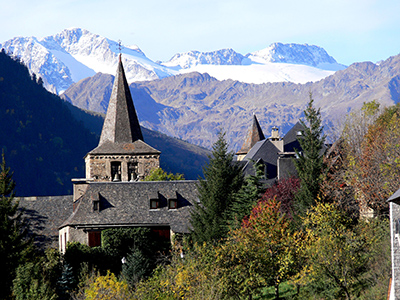 The chromatic explosion that occurs in Aranese forests with the arrival of autumn gives us some of the most magnificent and idyllic landscapes that can be enjoyed in the Valley. The environment becomes reddish, scarlet, ochre and gold because of the abundant deciduous species such as beech and oak trees, while the peaks of the mountains begin to dye white with the first snows.
The chromatic explosion that occurs in Aranese forests with the arrival of autumn gives us some of the most magnificent and idyllic landscapes that can be enjoyed in the Valley. The environment becomes reddish, scarlet, ochre and gold because of the abundant deciduous species such as beech and oak trees, while the peaks of the mountains begin to dye white with the first snows.
Clear and sunny days are especially nice to enjoy nature in the autumn light and the picturesque Aran villages and churches of Romanesque Route de l’Aran. For more chilly moments we suggest visit museums, go the shopping route from the Val d’Aran and, of course, taste the comforting native cuisine.
Aran Park
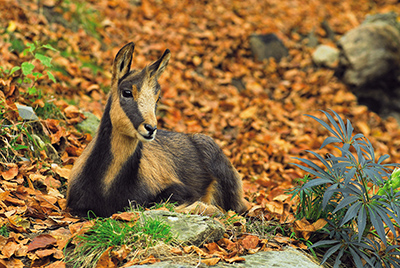 It’s worth taking the opportunity to profit the last months of Aran Park, open until November. In this wildlife park you can observe the animals of the Pyrenees in their natural habitat and in semi freedom. Autumn is the rutting of deer, indicating the start of the breeding period. Males scratching and digging the ground, rubbed with trees and emit a short, hoarse cry and repetitive. Its horns reach the maximum size and some, such as chamois or roe deer, change the color of their coats.
It’s worth taking the opportunity to profit the last months of Aran Park, open until November. In this wildlife park you can observe the animals of the Pyrenees in their natural habitat and in semi freedom. Autumn is the rutting of deer, indicating the start of the breeding period. Males scratching and digging the ground, rubbed with trees and emit a short, hoarse cry and repetitive. Its horns reach the maximum size and some, such as chamois or roe deer, change the color of their coats.
Walks and mushrooms
It is also a good time for some walking or cycling excursions, too long for a hot summer day. You’ll find a wide variety of itineraries for all levels in our websites hiking and cycling. In addition, fans of mushrooms have a paradise in our forests, but you have to remember that you need the passport issued by the Conselh Generau free for residents, owners of second homes and people overnight in tourist establishments in the Val d ‘Aran and that has a term of four years.
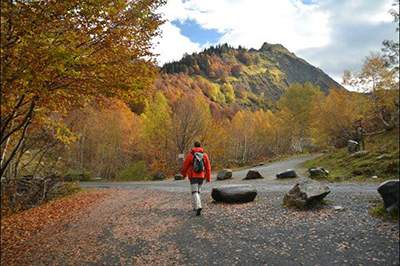 Horse outputs are also highly recommended. There are two beautiful equestrian routes with different difficulty levels that will delight lovers of racing: Vielha to Montgarri; and Renclusa Vielha to the slopes of Aneto.
Horse outputs are also highly recommended. There are two beautiful equestrian routes with different difficulty levels that will delight lovers of racing: Vielha to Montgarri; and Renclusa Vielha to the slopes of Aneto.
And the adventure continues, as at this time you can still continue practicing climbing on the various climbing walls or vias ferratas.
Festivals and traditions
Coinciding with the arrival of autumn, Val d’Aran celebrates a new edition of animals and trade fairs, during which you may know one of the Aran traditions such as the cattle industry, main sector some decades ago, and the various native breeds. They take place in Bossòst, Les, Salardú and Vielha and all kind of activities are organized: animal exhibitions, popular lunch and craft markets.
Shopping route
Equally entertaining are the major festivals that take place these months in various towns.If you visit them, take advantage to take the tour of the Val d’Aran shopping route, where you will find an attractive assortment of local products, either in the main areas of Vielha, Bossòst i Les, as in the irresistible and quaint shops of smaller towns.
Autumn’s gastronomy
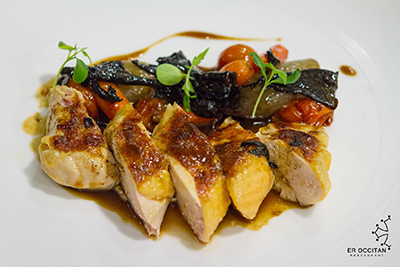 At this season we get good fresh new ingredients like mushrooms or beans, which are incorporated in the Aran restaurants menu. Foie gras, duck breast and confit, the typical Olha aranesa, boar civet and the bolhs and pates are just a small example of the cuisine that can be tasted at this time.
At this season we get good fresh new ingredients like mushrooms or beans, which are incorporated in the Aran restaurants menu. Foie gras, duck breast and confit, the typical Olha aranesa, boar civet and the bolhs and pates are just a small example of the cuisine that can be tasted at this time.
During the months of September and October mushroom enters its peak season, an increasingly present product in the recipes of local dishes of the Val d’Aran, accompanying newly introduced products such as sturgeon and caviar, or strengthening the special flavor and texture of game meat in dishes like Wild boar stew.
And little by little the snow with its white mantle puts an end to the autumn to give way to the winter season: Baqueira in all its glory … but we’ll tell you this in another post!









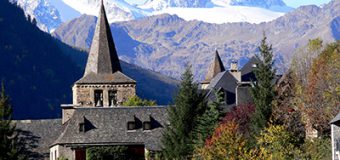

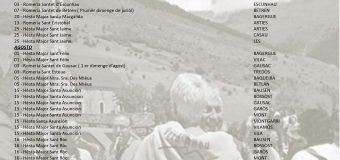
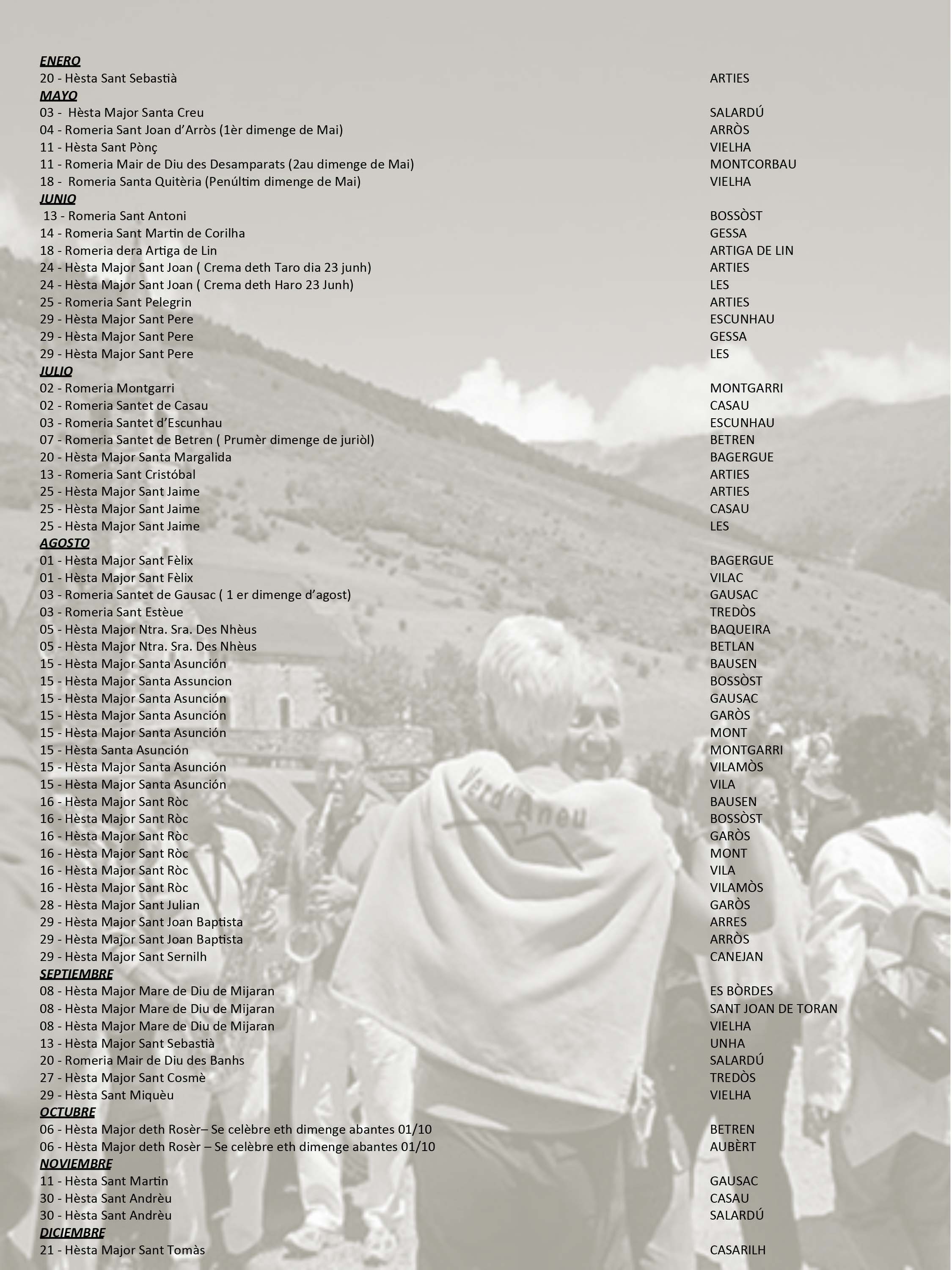
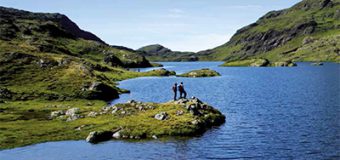
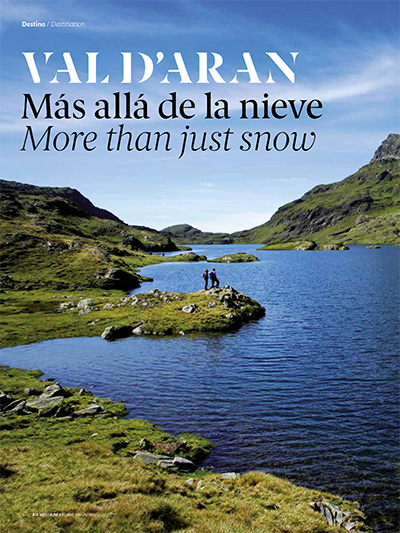
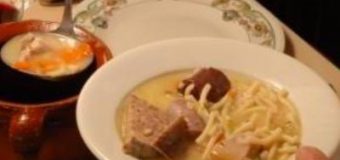
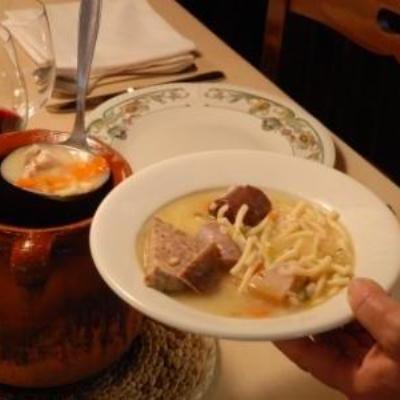
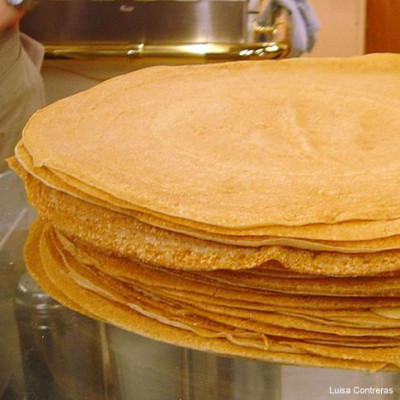 Val d’ Aran’s guarantee brand products also allow the signature cuisine restaurants to innovate with their own preparation of winter dishes. In the valley we can taste specialities as suggestive as the candied sturgeon, a trout with fine herbs, the carpaccio of deer, cabbages stuffed with meat or goose cannelloni. And even modern versions of traditional dishes such as deconstructed Aranese Olha or the stew of deer with vanilla tubers.
Val d’ Aran’s guarantee brand products also allow the signature cuisine restaurants to innovate with their own preparation of winter dishes. In the valley we can taste specialities as suggestive as the candied sturgeon, a trout with fine herbs, the carpaccio of deer, cabbages stuffed with meat or goose cannelloni. And even modern versions of traditional dishes such as deconstructed Aranese Olha or the stew of deer with vanilla tubers. The tradition of the pincho landed in the Val d’ Aran from northern Spain, mainly through the hands of Basque chefs living in Aranese lands. It has its origin in the tapas served by the bars of the villages: the typical corns, salad, wild potatoes or Spanish omelette that, with daring, imagination and culinary creativity have become authentic delicacies and have managed to establish the fashion of snacking in the Valley.
The tradition of the pincho landed in the Val d’ Aran from northern Spain, mainly through the hands of Basque chefs living in Aranese lands. It has its origin in the tapas served by the bars of the villages: the typical corns, salad, wild potatoes or Spanish omelette that, with daring, imagination and culinary creativity have become authentic delicacies and have managed to establish the fashion of snacking in the Valley.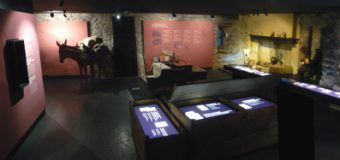
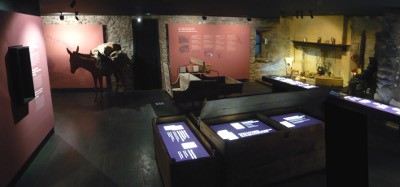
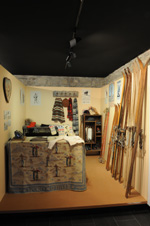


 Among them, stand out the establishments specializing in meat products, sausages and pates, handcrafted made according to the recipes inherited from grandparents and great-grandparents butchers. And, of course, there are the traditional “Horns” baking bread to firewood and traditional pastries made with the classical conquilhons and tronquets between them.
Among them, stand out the establishments specializing in meat products, sausages and pates, handcrafted made according to the recipes inherited from grandparents and great-grandparents butchers. And, of course, there are the traditional “Horns” baking bread to firewood and traditional pastries made with the classical conquilhons and tronquets between them.